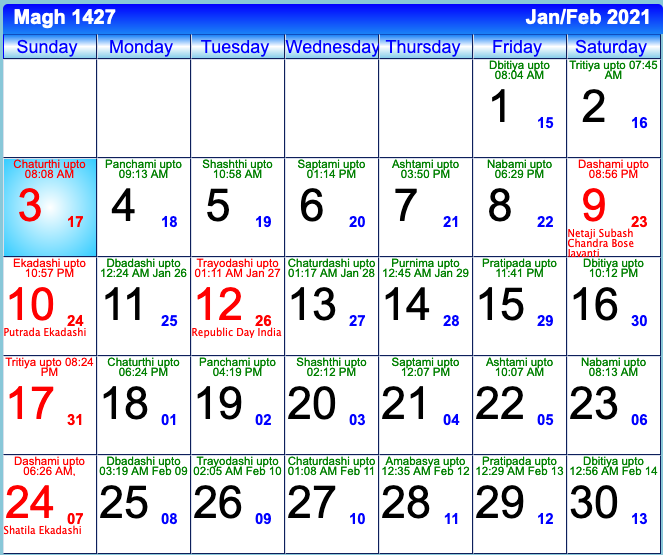

From the beginning of his reign, Akbar had felt the need of introducing a uniform, scientific, and workable system of calculating days and months through a reformed calendar. Revenue was collected according to the lunar year, whereas the harvest was dependent on the solar one. However, as Abul Fazl explains in Akbar Namah, the use of the Hijri calendar was irksome to the peasantry because there was a difference of 11 or 12 days between the lunar and the solar years, with 31 lunar years being equal to 30 solar years. The Mughal emperors had been using the Hijri calendar for the purposes of collecting revenue. The purpose of Tarikh-e-Elahi was to glorify Akbar's ascent to the throne as well as to facilitate the collection of revenue. Though the new calendar was promulgated in the twenty-ninth year of Akbar's reign, it dates from his ascension to the throne on 5 November 1556. The new calendar was initially known as Tarikh-e-Elahi and was introduced on 10 or 11 March 1584. Bangabda Bangla calendar, also known as 'Bangla Sal', was promulgated by the Mughal emperor Akbar in 1584 AD.


 0 kommentar(er)
0 kommentar(er)
